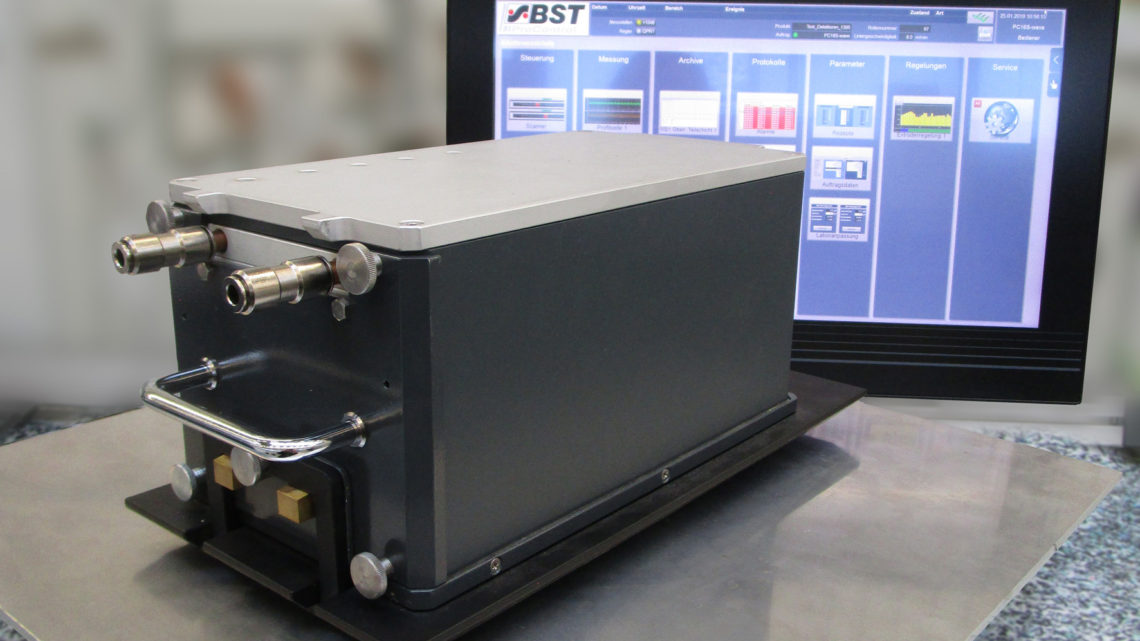
Technical Study of the PC16S-wave RS Reflection Sensor to Measure Coatings on Metallic Substrates
March 23, 2019At the ICE Europe 2019 exhibition, BST eltromat’s business unit BST ProControl is presenting its new PC16S®-wave RS reflection sensor in the form of a technical study. This innovative sensor generates high-precision measurements of coatings on metallic substrates, such as those used in the manufacturing of food packaging. The PC16S®-wave RS is a further development of the PC16S®-wave TS transmission sensor. All sensors in the PC16S®-wave family use non-ionizing electromagnetic waves. As a result, they do not require licensing and regulatory approval.
Dr. Frank Blecher, Head of Development at BST ProControl in Wenden, Germany: “As for the PC16S®-wave TS, the measurements of the PC16S®-wave RS are based on the absorption of non-ionizing electromagnetic waves on reflection. This new sensor gives our customers a wide range of options for measuring coatings on metallic substrates with maximum precision. For example , this might be aluminum foil for packaging that has been laminated, painted or coated. Many applications in which the PC16S®-wave RS could optimize quality assurance can be seen at ICE Europe 2019. The international exhibition offers BST ProControl a good environment in which to present the flexibility of our technical study, the PC16S®-wave RS reflection sensor.”
For the PC16S®-wave RS, the material web is measured without touching anything. The interaction of the non-ionizing electromagnetic waves with the materials includes the waves being absorbed. Depending on the basis weights and composition of the coating to be measured, the measurement signal is weakened. The time-resolved measurements capture the weakening of the signals and provide precise measurements based on them. For the PC16S®-wave RS, the electromagnetic waves emitted by the sensor are reflected from the metallic substrates. Based on this, the weakening takes place on the two-time passage of the waves through the coating that is being measured. Due to the absorption-based measurement in reflection with the PC16S®-wave RS, it is a one-sided measurement method.
In contrast to sensors that use ionizing radiation, neither the PC16S®-wave TS nor the new reflection sensor PC16S®-wave RS are subject to the requirements of national or international authorities for transport, operation or disposal. This makes it easier to use them and the cost savings are enormous. Their outstanding EMC characteristics make the sensors an ideal choice for a wide range of measurement tasks. They do not interfere with other equipment, nor do they pose a health hazard to employees.
Mathias Klein, Project Manager at BST ProControl in Wenden, Germany: “The PC16S®-wave TS is now used by customers all over the world, including in the control of calenders. With its non-contact absorption measurement method in transmission, it measures the basis weight of polymer-based mono foils extremely precisely and quickly. We plan to bring the new PC16S®-wave RS reflection sensor onto the market in the second half of 2019.”


